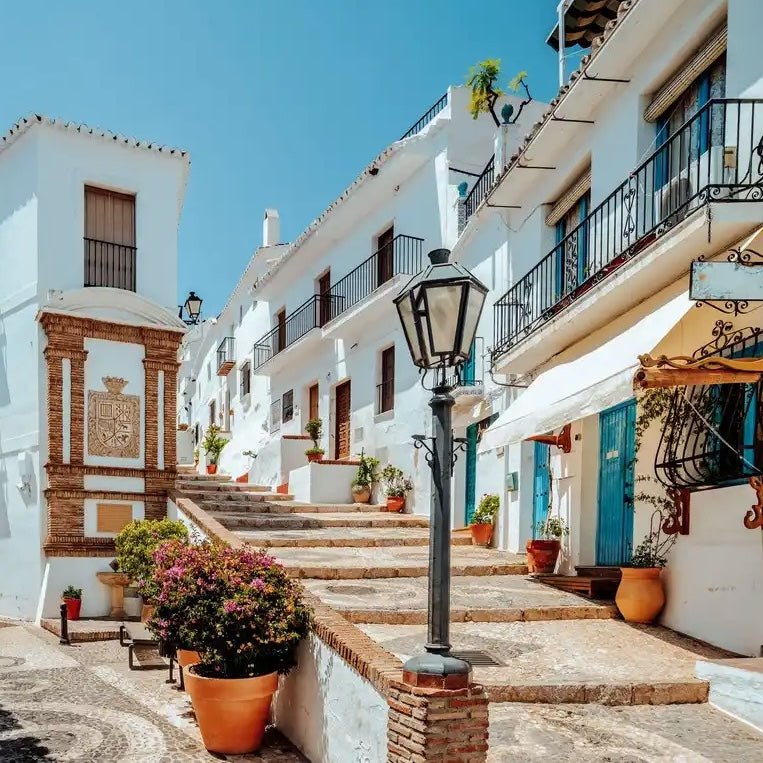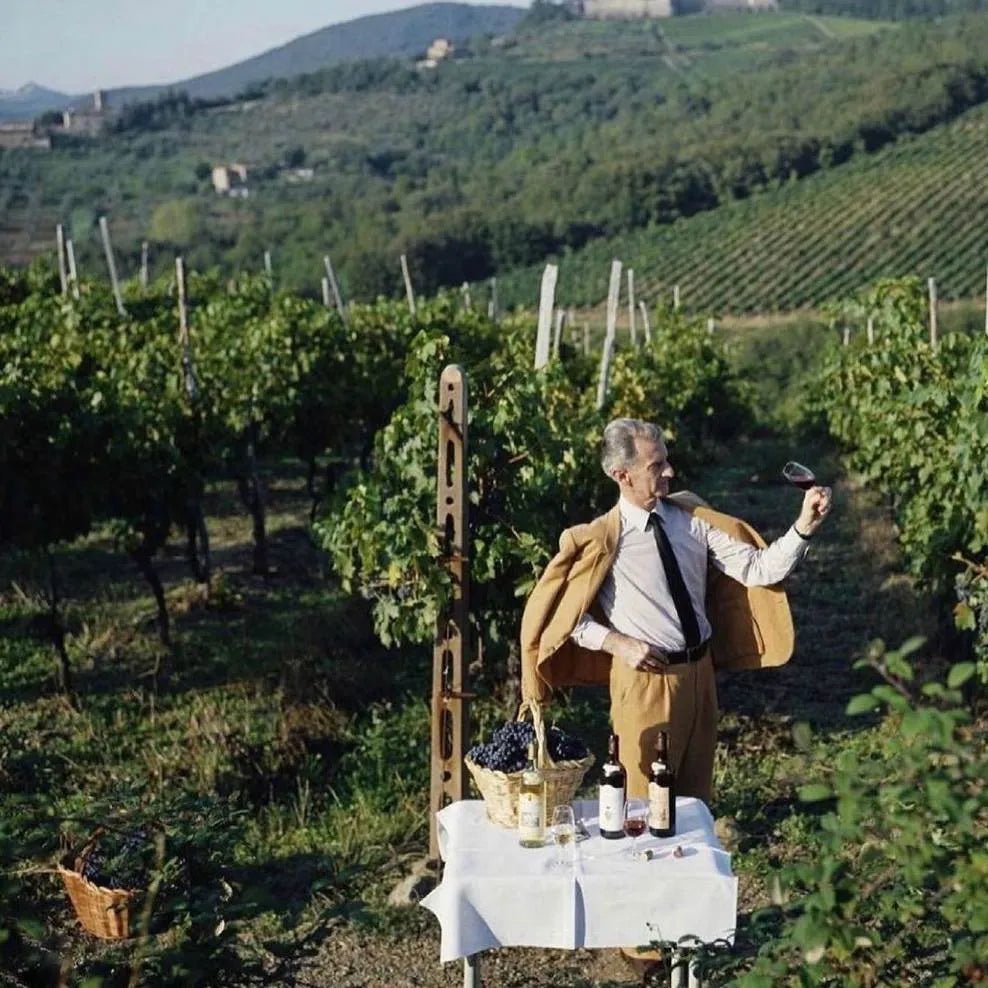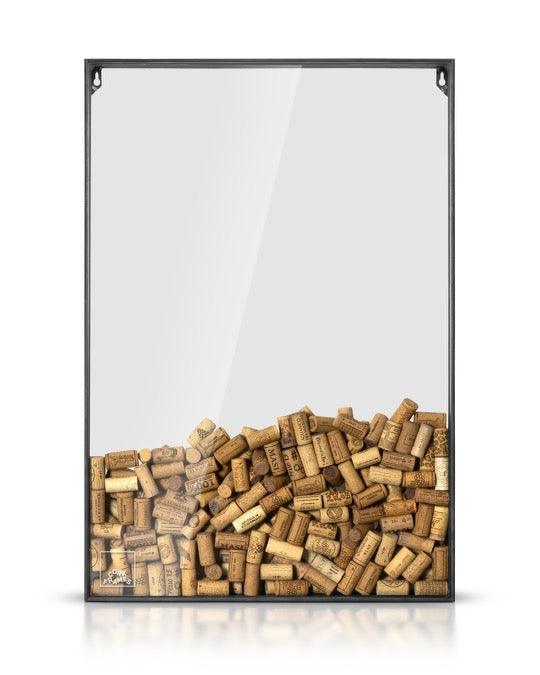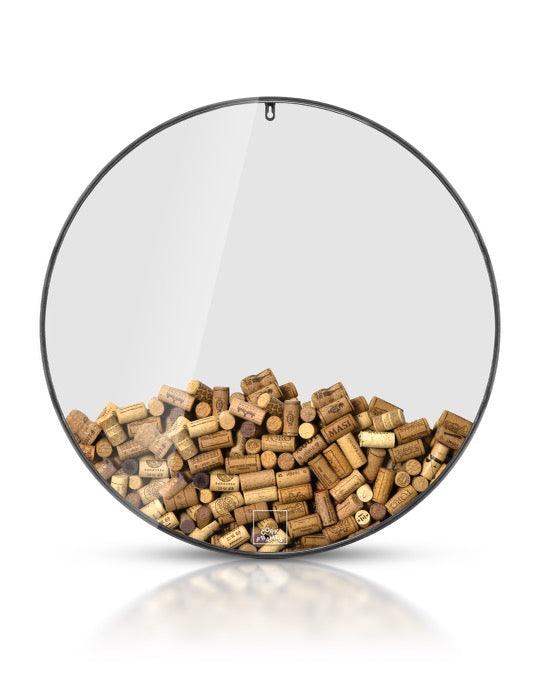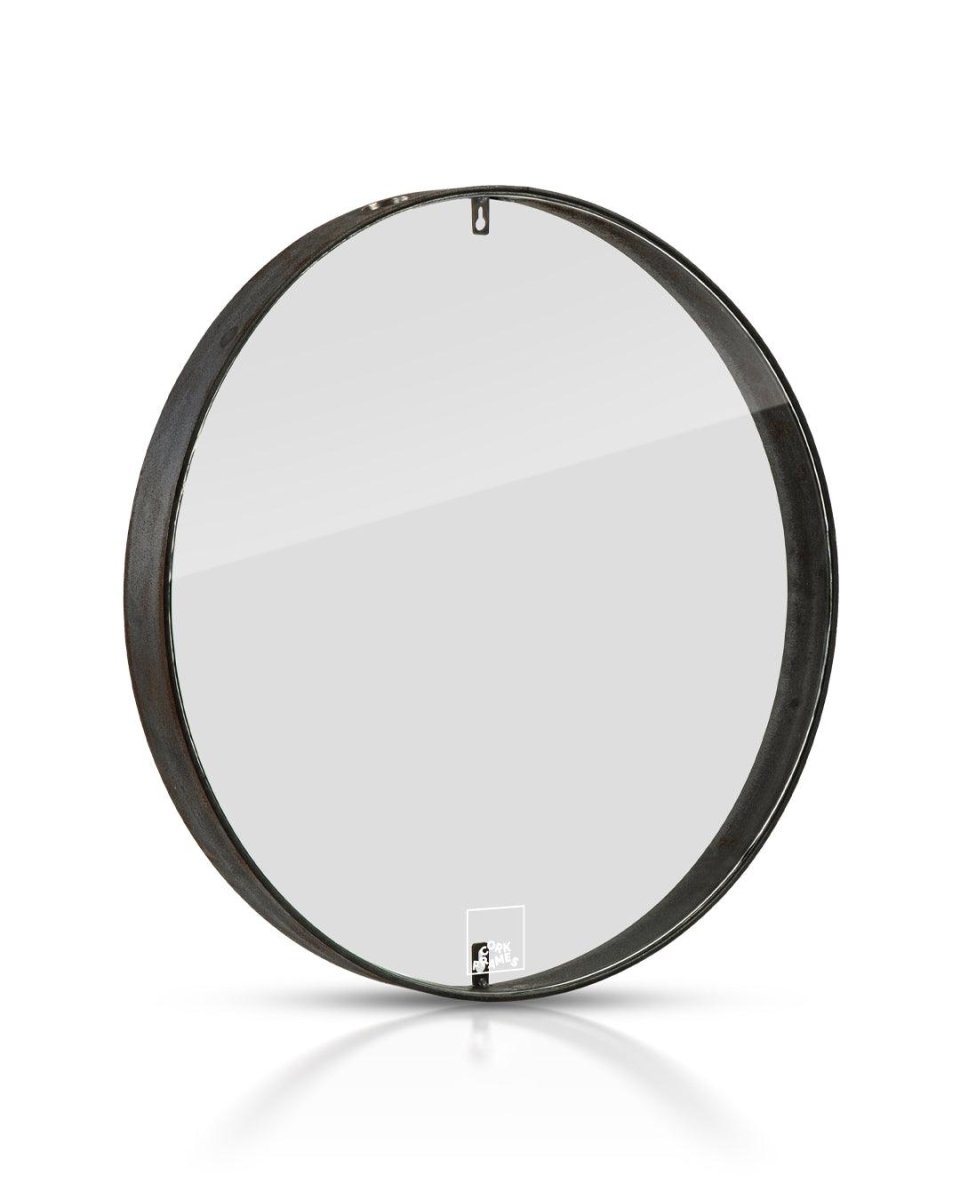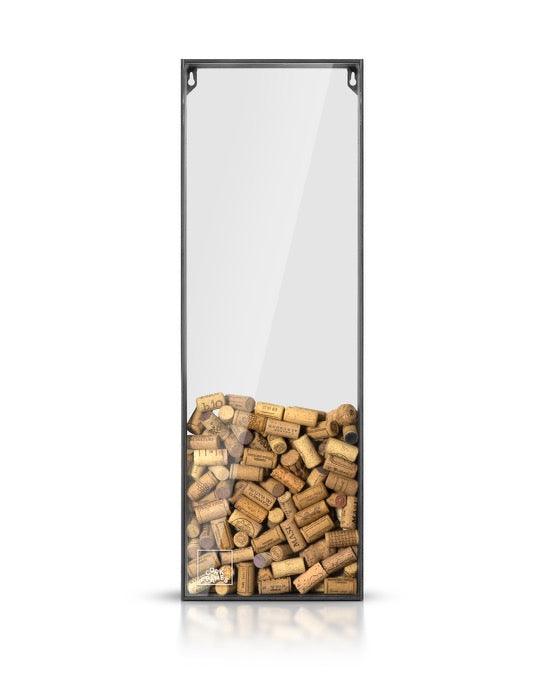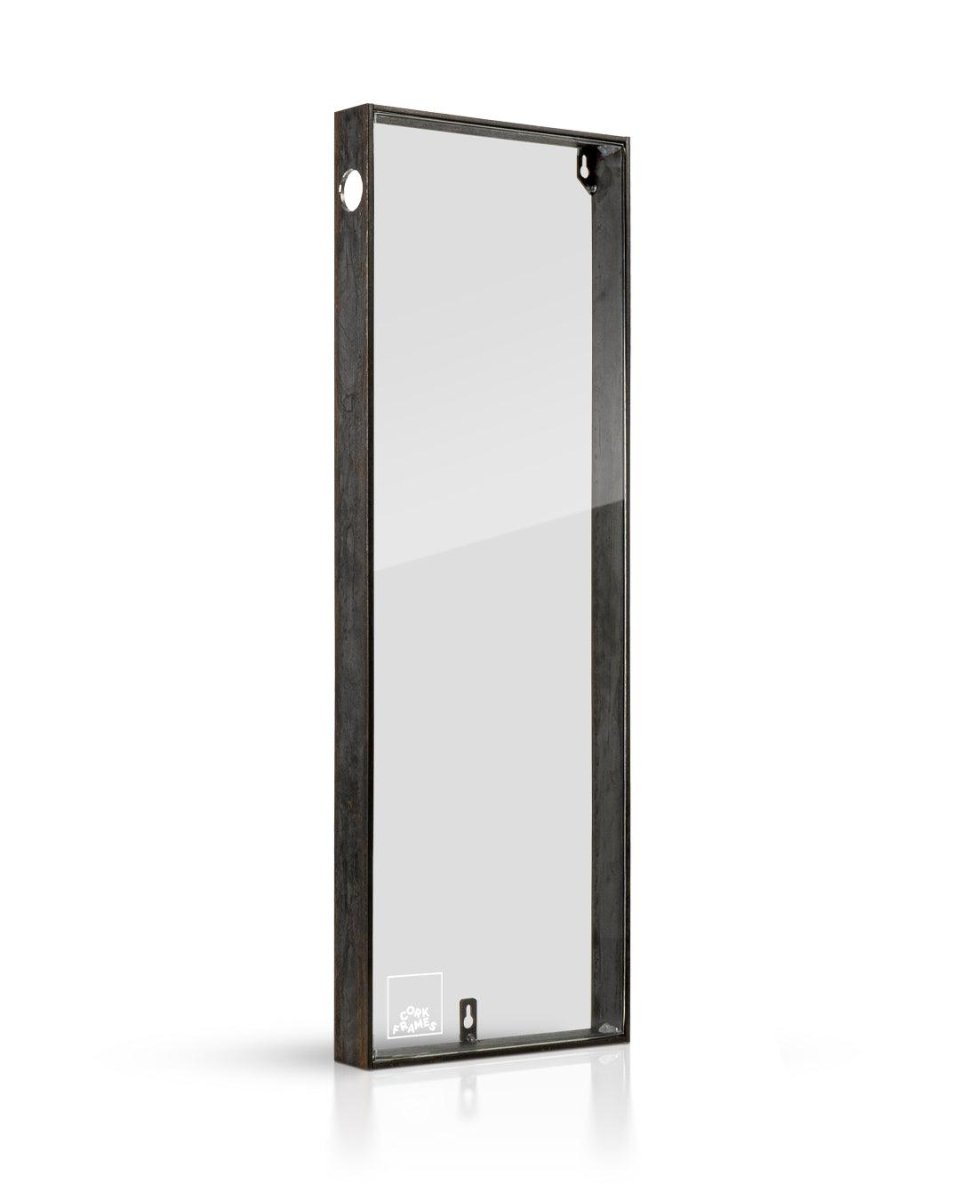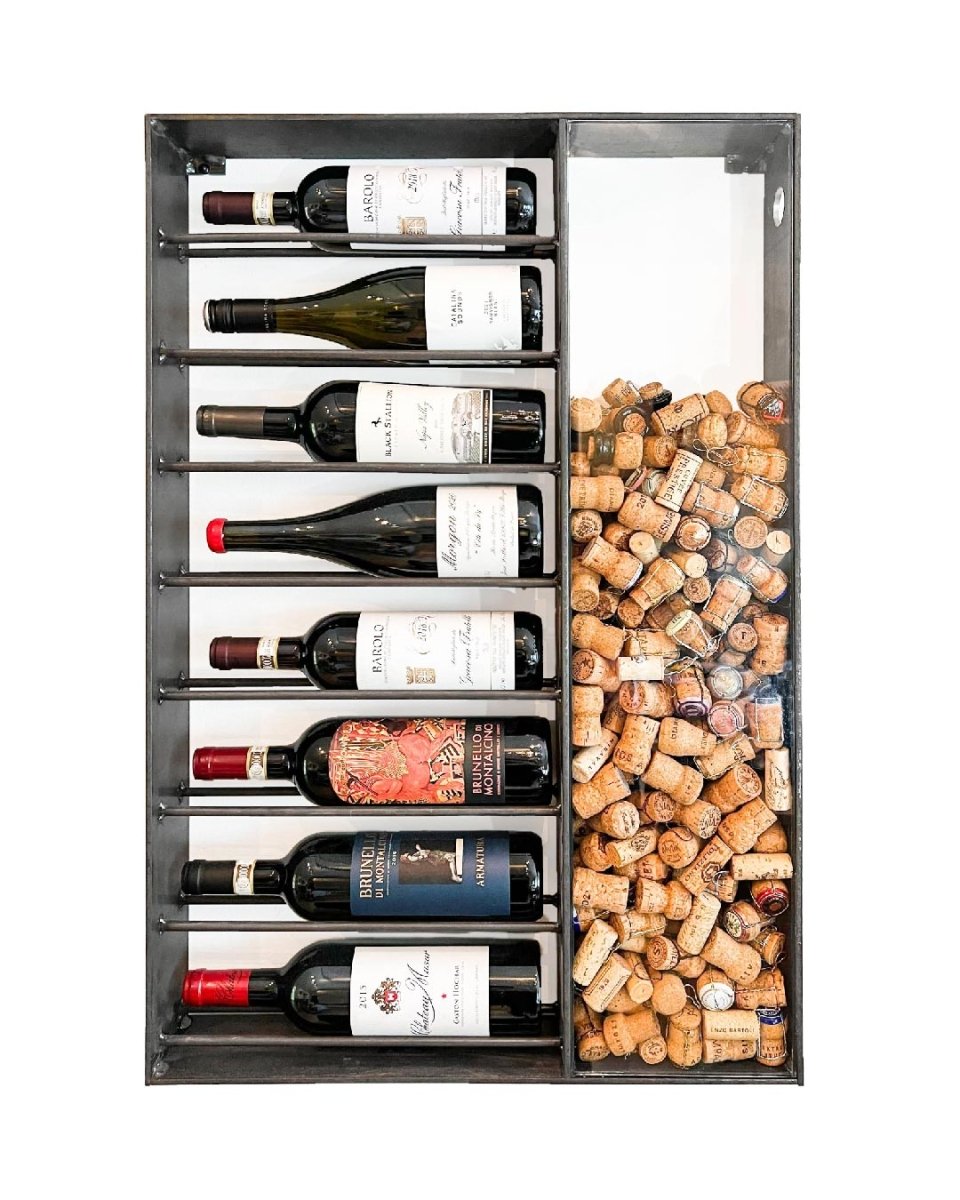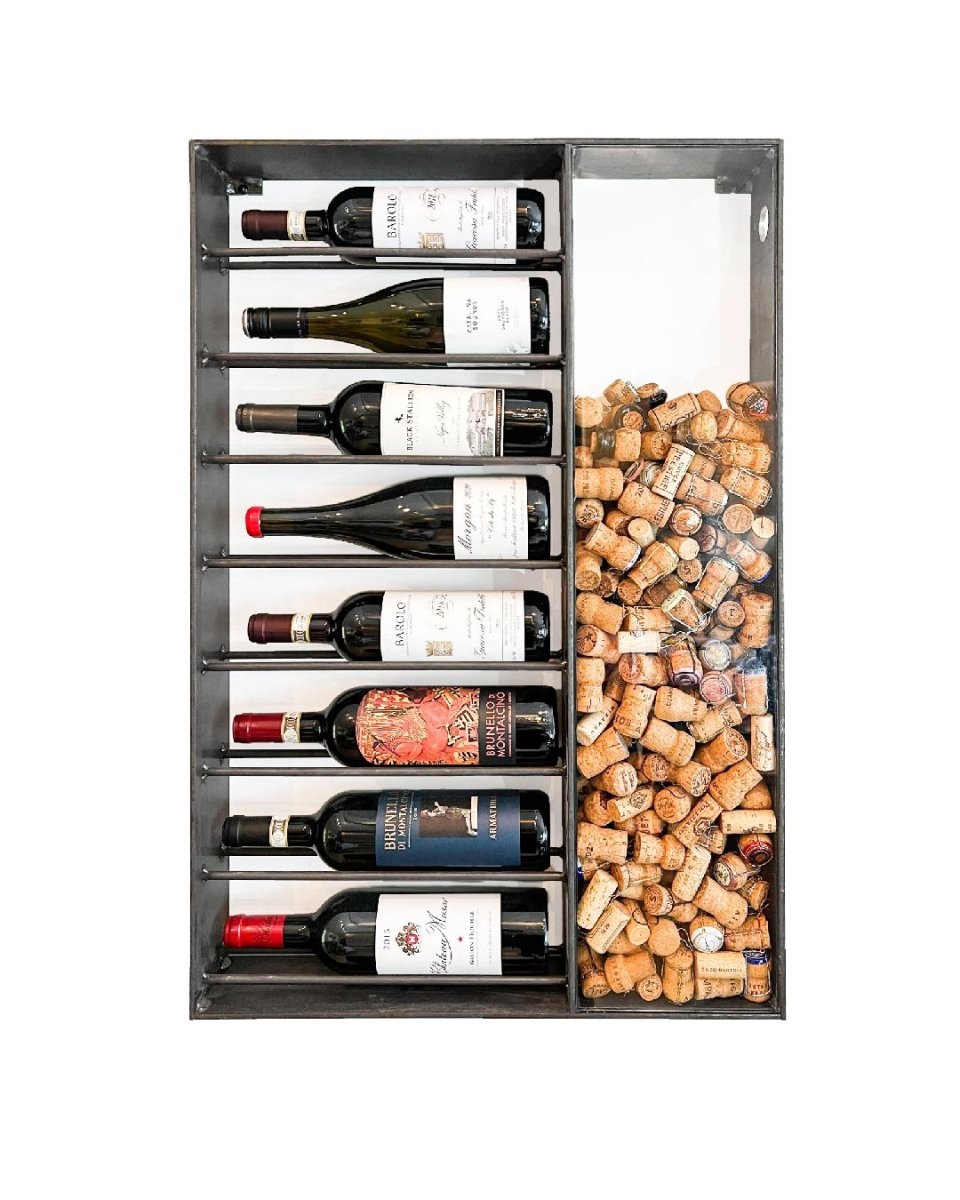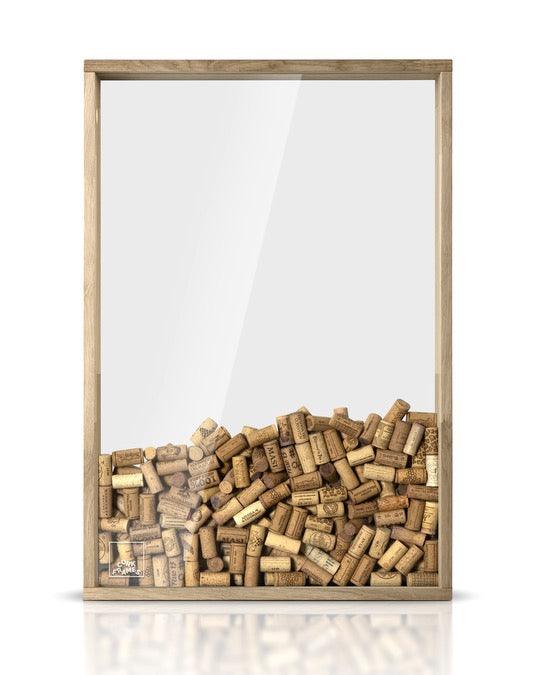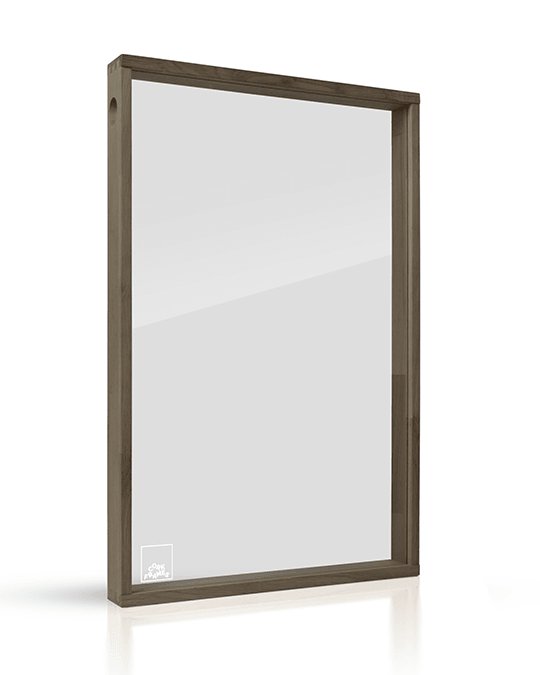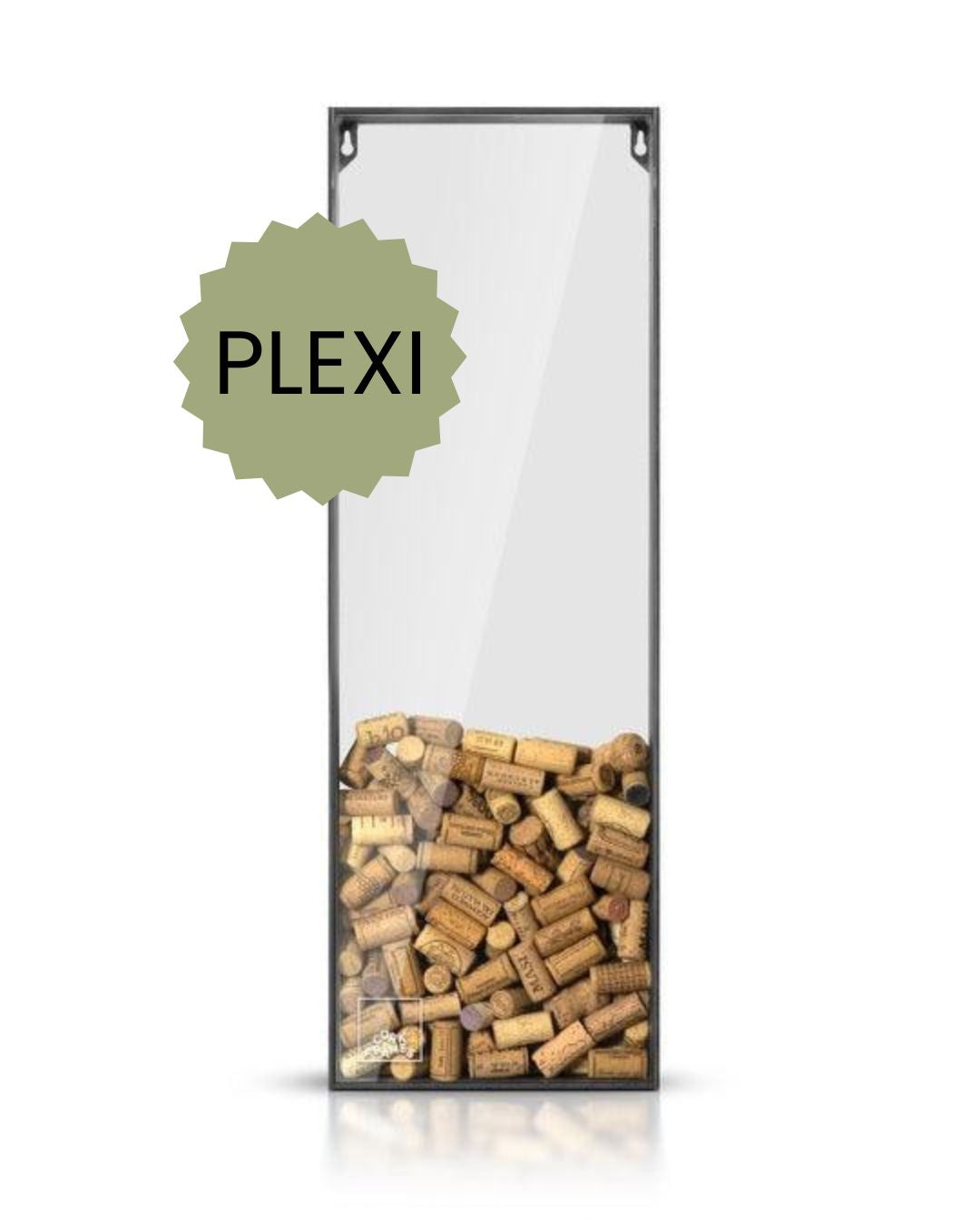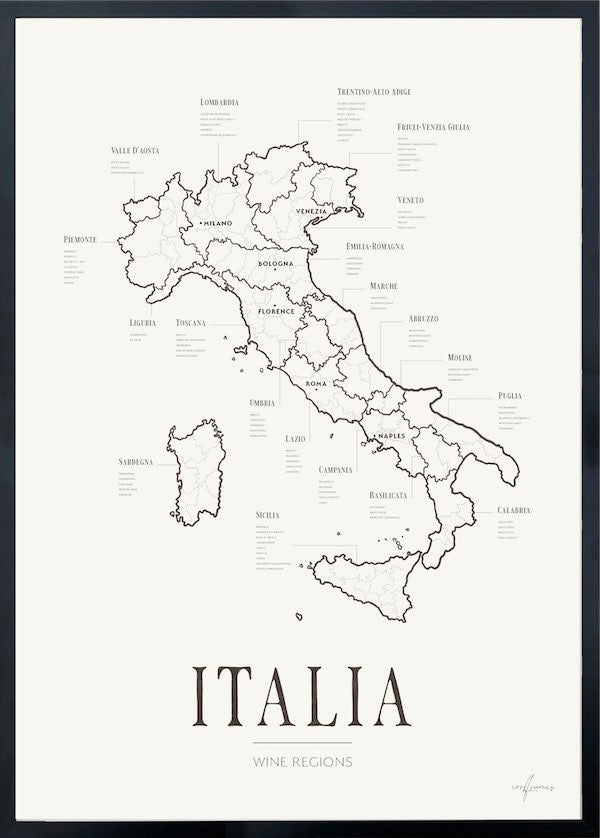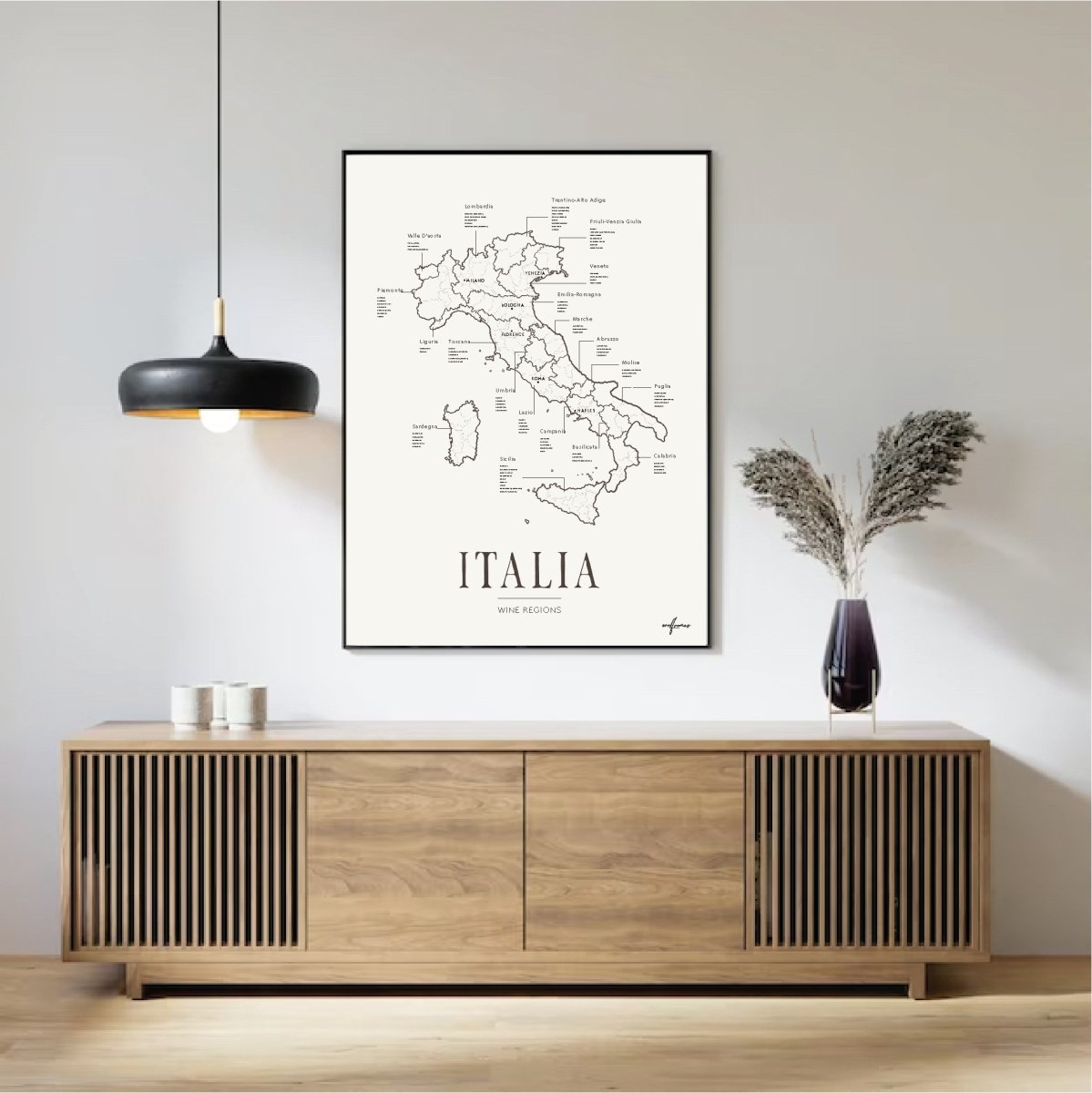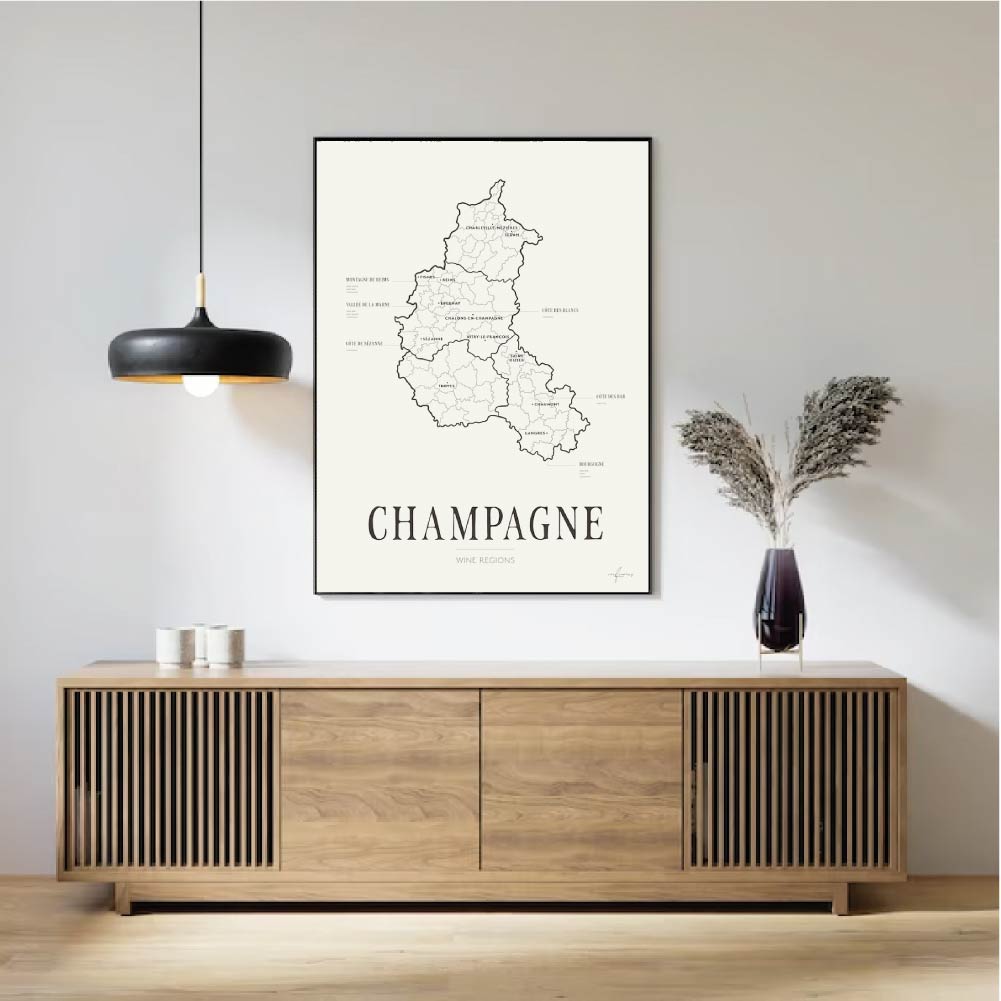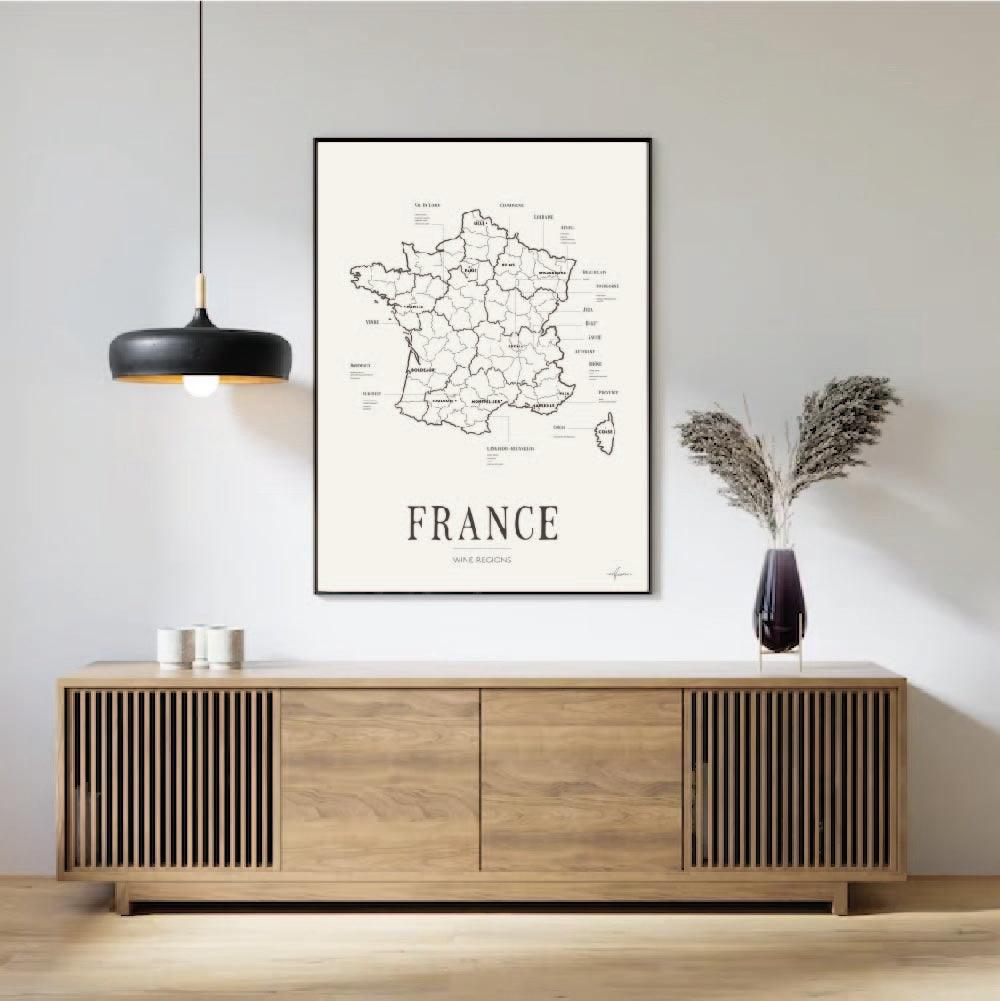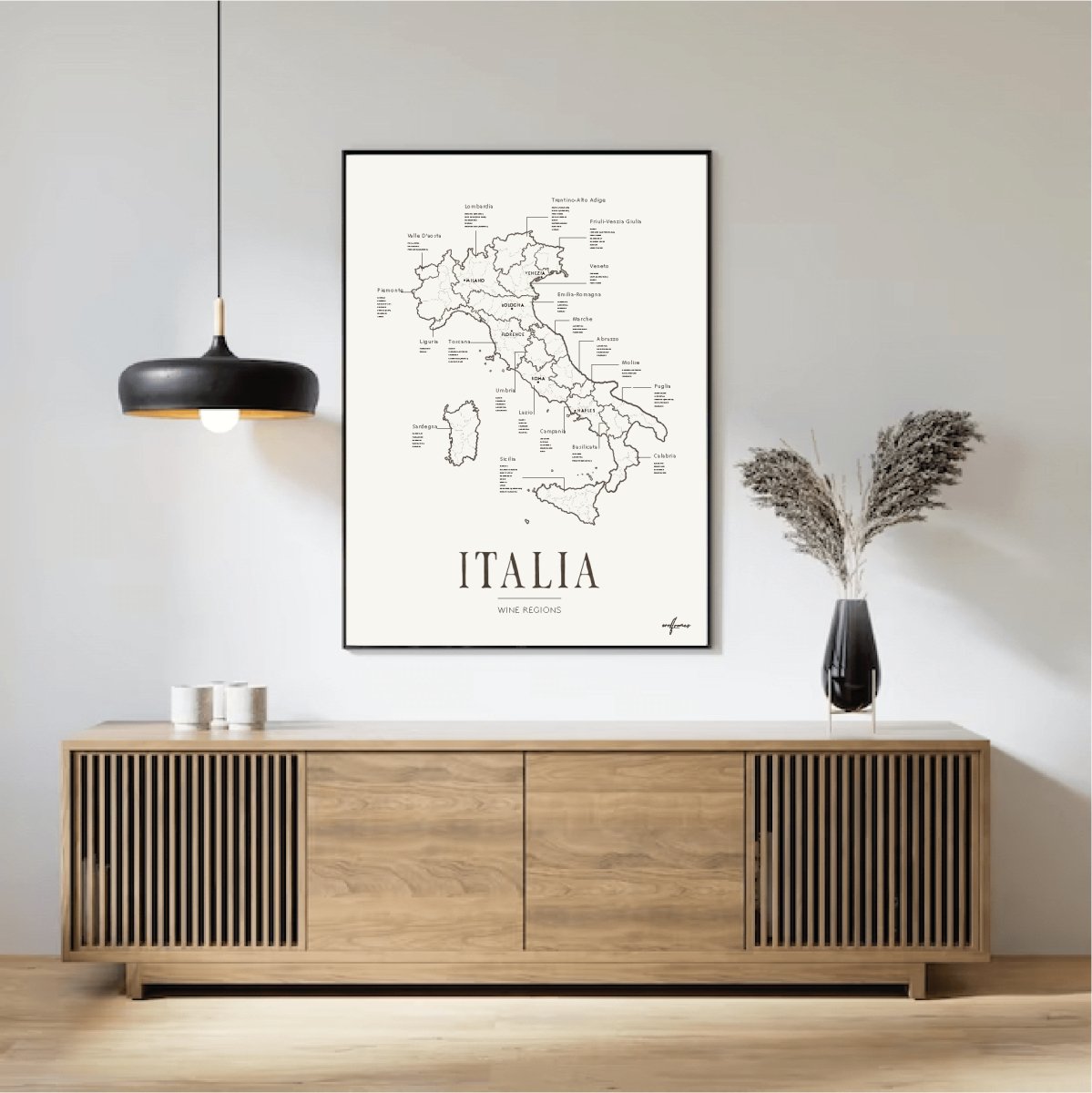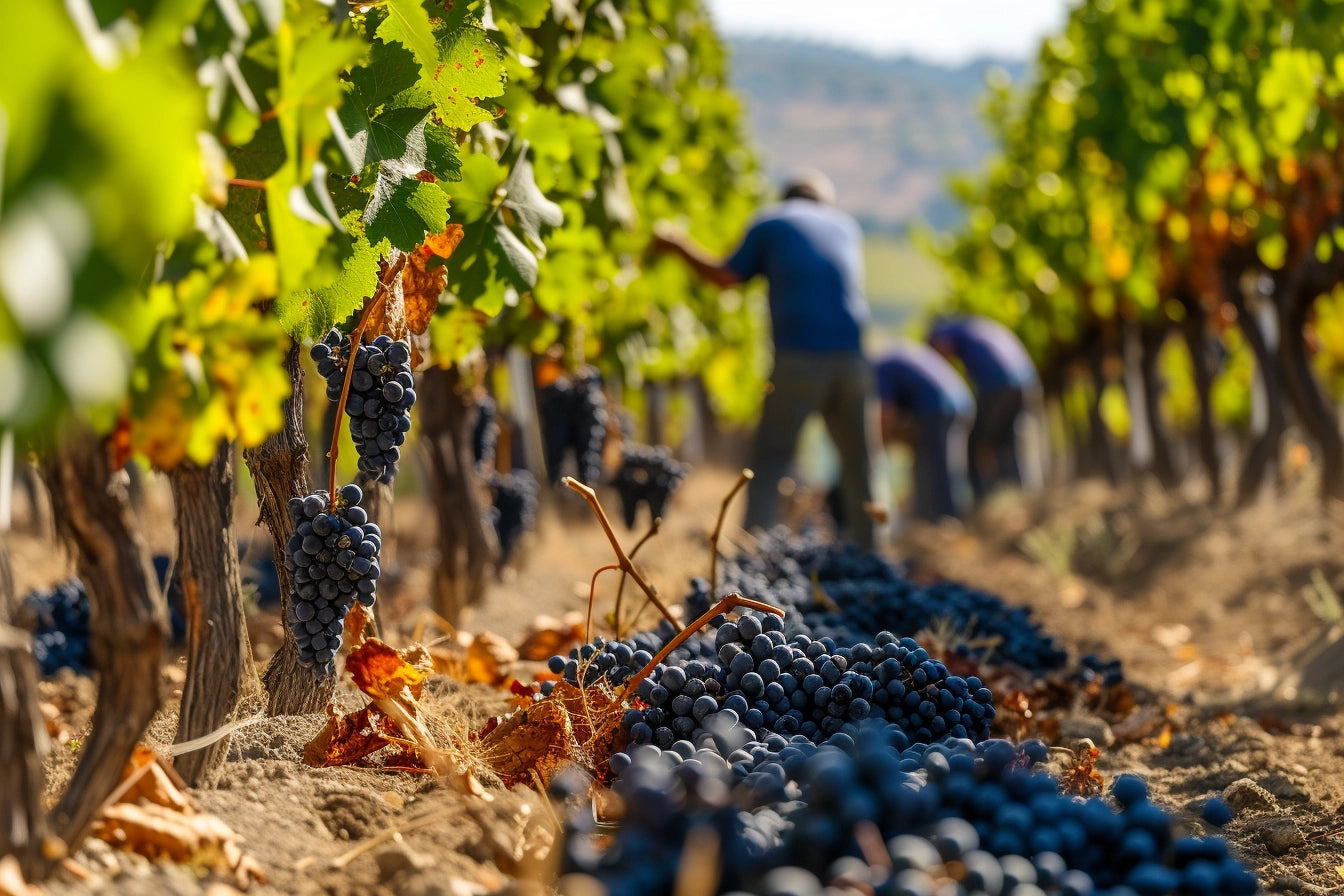Frigiliana is one of the most picturesque and well-preserved villages in Andalusia, known for its narrow, winding streets, whitewashed houses, and charming atmosphere.
Located just about 6 kilometers from Nerja, it sits on a hillside offering stunning views of the Mediterranean Sea and the surrounding landscapes.
History and Architecture
Frigiliana has a rich history dating back to Moorish times, which is reflected in its layout and architecture. As you wander through the village’s narrow streets, you’ll notice decorative mosaics and details that tell the story of its Muslim past, especially in the old town area, Barribarto, one of the best-preserved Moorish quarters in southern Spain. This part of the village has remained virtually unchanged since it was reclaimed by the Christians during the Reconquista in the 15th century.
The whitewashed houses, adorned with colorful flower pots, contribute to the village’s distinctive charm. The narrow alleys and staircases meander through the village, making it feel like you’re stepping back in time.
Food and Wine
Frigiliana isn’t just a feast for the eyes but also a destination where food and drink take center stage. The village is known for its "vino dulce," a sweet dessert wine made from moscatel grapes that thrive in the warm, sunny climate. This wine is a must-try when visiting Frigiliana, and you can enjoy it in several small wine bars and restaurants alongside delicious local tapas.
Restaurants in Frigiliana often serve traditional Andalusian dishes such as "migas" (fried breadcrumbs with chorizo and vegetables) and "ajo blanco," a cold almond soup often served with grapes – a classic dish from the Malaga area. Pairing these flavorful dishes with local wines provides an authentic culinary experience.
Sights and Activities
-
El Ingenio: One of Frigiliana’s most iconic buildings is El Ingenio, an old sugar cane factory from the 16th century that still produces "miel de caña," a traditional sugar cane syrup. It’s the last remaining factory of its kind in Europe, and an important part of the village’s history.
-
The Moorish Castle: High above Frigiliana lie the ruins of the old Moorish castle, Castillo de Lizar. While not much remains of the fortress, the spot offers fantastic views of the surrounding area, and it’s a pleasant hike for those wanting to mix history with nature.
-
Calle Real: Frigiliana’s main street, Calle Real, is filled with small shops selling local crafts, ceramics, and delicacies. It’s the perfect place to wander and pick up souvenirs such as olive oil, honey, or ceramics made by local artisans.
Culture and Festivals
Frigiliana is also known for its cultural blend, celebrated every year during the "Tres Culturas Festival" (Festival of the Three Cultures). The festival, held in late August, honors the historical coexistence of Christians, Jews, and Muslims in the region. During the festival, the village comes alive with music, dancing, and food from all three cultures, offering a vibrant way to experience Andalusia’s rich history.
Nature and Surroundings
For nature lovers, Frigiliana offers fantastic opportunities for hiking. The village sits on the edge of the Sierras de Tejeda, Almijara y Alhama Natural Park, making it an ideal base for exploring the mountains. There are several trails with breathtaking views of both the sea and the landscape. On clear days, you can even see across to the African coast.
Frigiliana is a perfect destination for those seeking a mix of history, wine experiences, and scenic views. Its charming atmosphere, combined with its proximity to Nerja, makes it an excellent day trip or a longer stop to enjoy the best of Andalusian culture and wine traditions.

